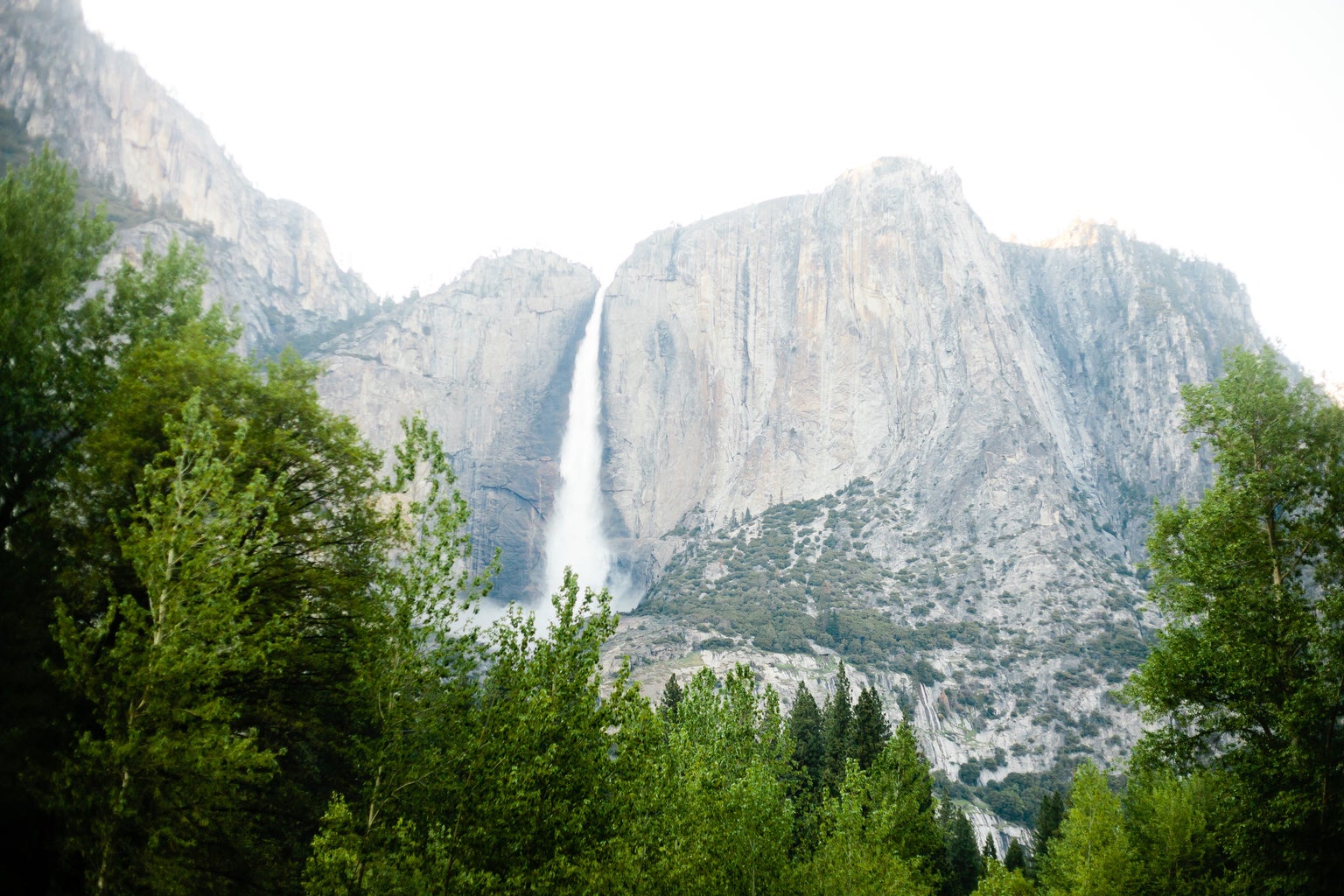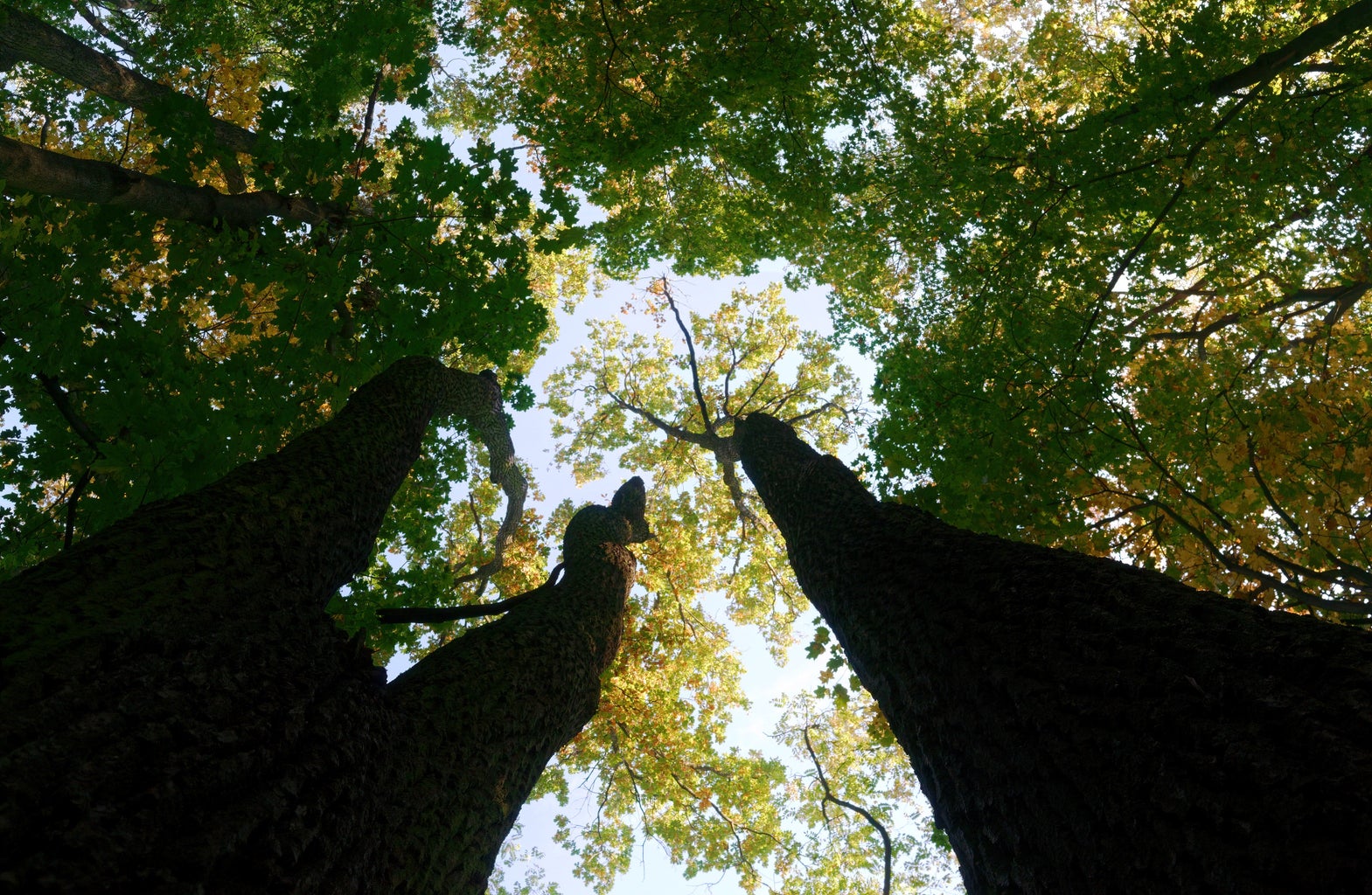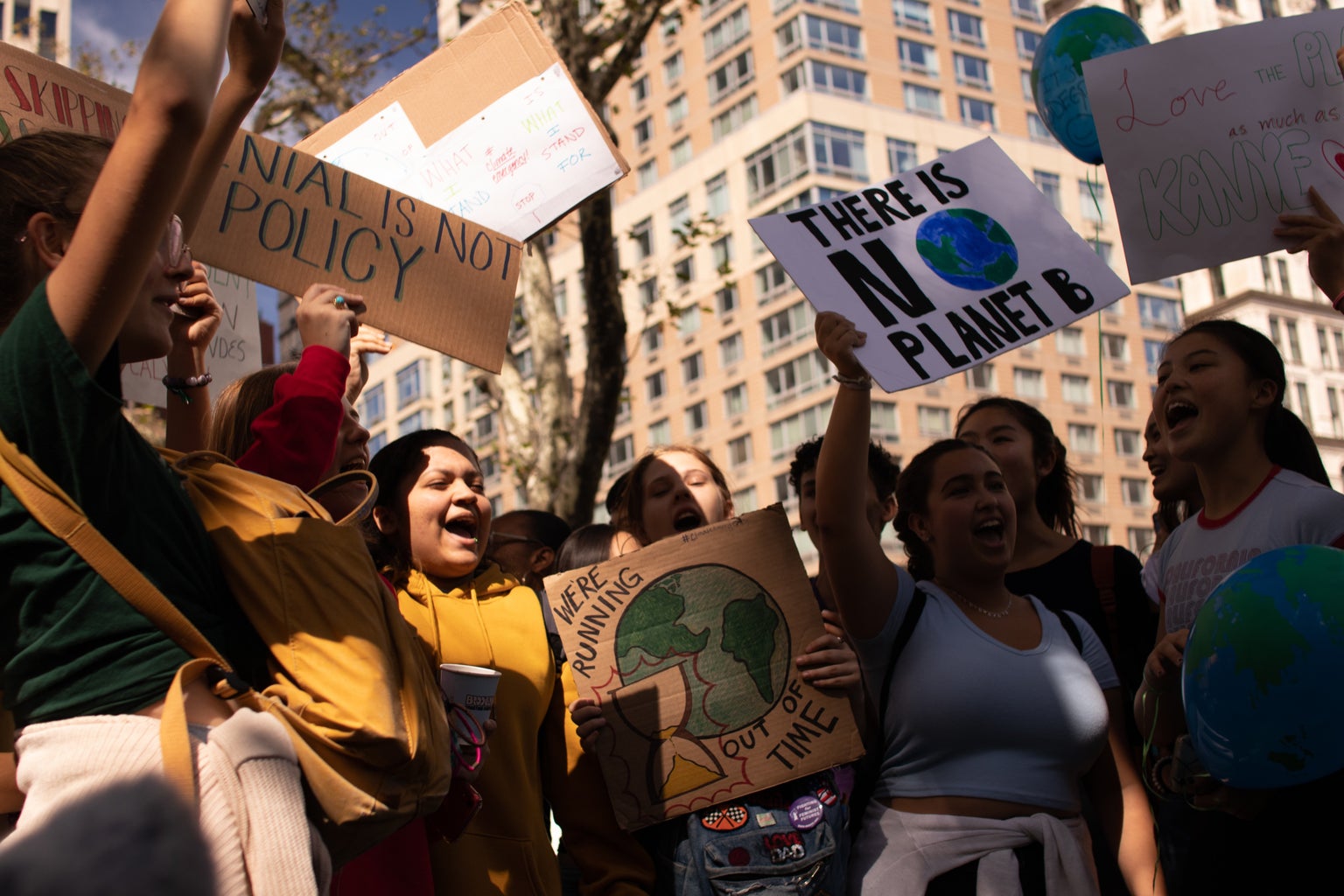Science and politics have long been dominated by white cisgender-male views. When it comes to climate and environmental science, no one has more authority over the natural world than Indigenous peoples.
Indigenous knowledge is essential to addressing the climate crisis because of traditional practices of using local resources, low-carbon technology and traditional views of the natural world. Traditional Indigenous knowledge preaches protection of the natural world for its own sake, not because of an existential threat to humanity’s survival.
One of the most recognizable Indigenous climate practices is sustainable agriculture. Most Indigenous groups view their agriculture practices as an effective traditional practice rather than a way to reduce their carbon footprint. Although this is true, their practices can be effective means of protecting our environment.
For example, Indigenous groups around the world have practiced agroforestry for centuries. Agroforestry is the practice of growing trees and crops together, mimicking a forest, and providing mutual benefits to the various plants present in the ecosystem.
In Honduras, the Lenca people often grow coffee bushes underneath the shade of plantain trees. In the hot and dry African Sahel, the shade from trees provides cool temperatures for livestock and farmworkers. Not only does agroforestry optimize farmland, but the trees help regulate water sources and absorb carbon dioxide.
Indigenous communities have been stewards of the land for centuries-long before man-made climate change began.
The Yurok Tribe in Northern California has been hunting salmon for centuries and considers the fish a cultural centerpiece. But in recent decades, the salmon supply has drastically dwindled and the fish left are sick. The Yurok are fighting for dam removal in court but are also taking matters into their own hands.
Frankie Myers, Yurok Tribe Vice Chairman, explained on the podcast “How to Save a Planet” that the tribe removes sediment and cobble from the streams themselves. “We really dug in and, you know, put our hands in the dirt and moved earth back to how it used to be traditionally,” said Myers.
Perhaps the most crucial lesson non-Indigenous people must learn is their place and purpose on Earth. Although Indigenous ideas about humanity and nature are diverse, a common theme is that living things are more than their economic or biological value. Indigenous activist and lawyer Sherri Mitchell explains that Penobscot people view themselves as an equal part of their local ecosystem and not the owners or occupants of the land.
“When I say that I’m Penobscot, or Penawahpskek, in my language,” Mitchell said on the podcast “No Place Like Home,” “I’m actually placing myself in the center of an entire ecosystem that includes the water, the lands, the people, the animals, the fish, the birds, the insects that inhabit that place we make up, that place of being that we all share”

Mitchell also explained that both Indigenous knowledges around the world and modern Western science supports the idea that all matter is connected energetically because all life comes from the same life-giving elements. This idea is referred to in Western science as “quantum entanglement.”
Mitchell believes that climate anxiety and the overwhelming urgency of the crisis is because of humanity’s increasing awareness of our connectedness to other living things.
“When we’re waking up in the middle of the night with panic that we can’t identify a source to, perhaps it’s true that we’re experiencing the panic of the trees as fire is rushing towards them or as they’re being chopped down in unprecedented numbers,” Mitchell said.
“When we’re feeling this immense grief, perhaps we’re feeling the grief of the mother whale who carried her baby around for 17 days trying to show us what we’re doing to her ecosystem and their ability to continue living. When we’re feeling this immense loneliness, perhaps we’re feeling the loneliness of the last white rhino on the planet who has no one left within their species to communicate with.”
Indigenous communities have been fighting for environmental rights longer than any other group.
Since the rise of Indigenous sovereignty movements in the U.S. in the 1960s, Indigenous activists have been leading efforts to protect the Earth. In addition to cultural connections to land, many Indigenous groups are also directly threatened by development projects like oil pipelines.
Around the world, Indigenous communities are some of the first people to face the harrowing effects of climate change because their carefully preserved natural resources are becoming increasingly valuable to corporations.
One notable modern example of Indigenous environmental activism is the resistance to the Keystone XL Pipeline, proposed in 2008, that would have run through Montana, South Dakota, and Nebraska. Indigenous leaders from five Sioux tribes, Nakoda and Aaniiih tribes led protests and legal action to stop the pipeline.
According to the Natural Resources Defense Council, activists argued that the pipeline would have contaminated drinking water and damaged sacred places. The pipeline was eventually vetoed by President Joe Biden in 2021 after 13 years of resistance.
Indigenous communities should not have to fight for this long. Non-Indigenous people must support Indigenous efforts to protect their land and preserve the planet. Non-Indigenous people can start by unlearning colonial attitudes toward the planet and educating themselves on the ways that Indigenous communities protect 80% of global biodiversity.
“When we are looking to create a new way of being in the world,” Mitchell said, “we can’t use the same tools that were used to build the broken reality that we’re living in.”




